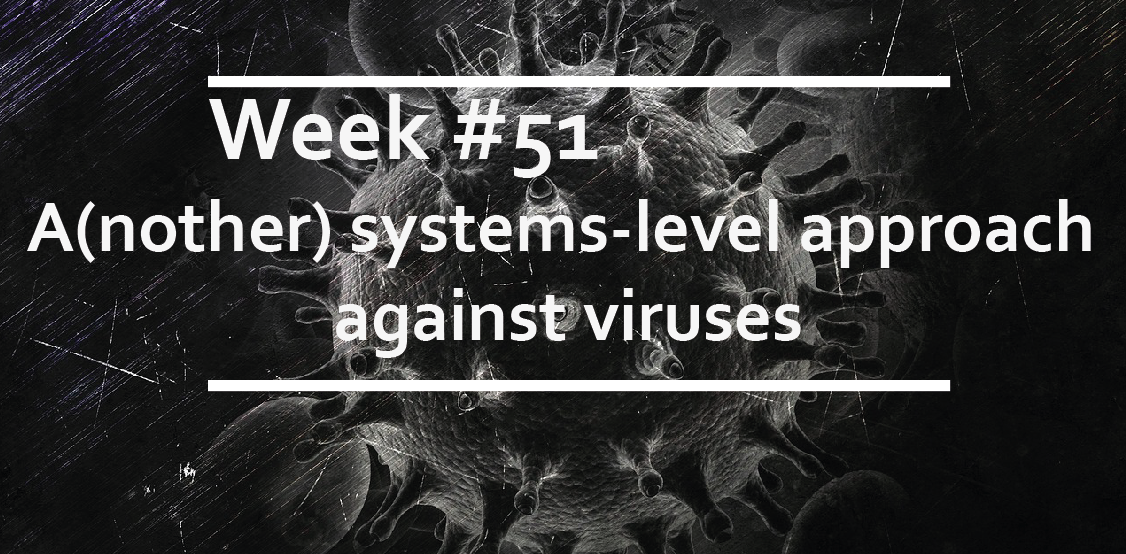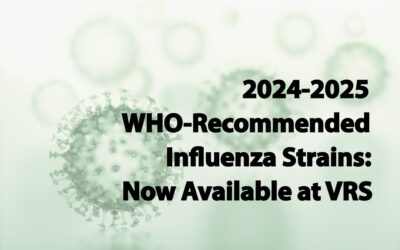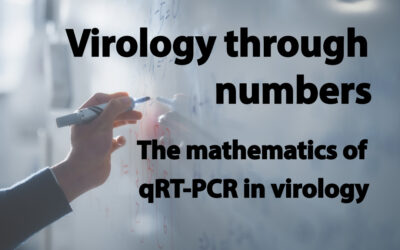Dengue and Zika, why it’s good to compare
Dengue and Zika viruses have much in common. Both are vector-borne (mosquitoes) flaviviruses, they have similar life cycles, and we lack an effective vaccine against either. Nevertheless, dengue and Zika infections cause distinct diseases. Dengue typically cause high fever, headache, vomiting, muscle and joint pains, and a characteristic skin rash, but can also develop into the life-threatening dengue hemorrhagic fever or dengue shock syndrome. Infection by Zika often causes no or only mild symptoms, but the virus can spread from a pregnant woman to her baby, causing microcephaly and other congenital disabilities.
Because these two viruses are similar but different, they are well suited for comparative analyses. Following this line of thought and leading a large team inclusive of several important names in the flavivirus fields, Nevan Krogan set out to unravel the pathogenic mechanisms of these viruses.
Which human proteins interact with dengue and Zika?
To gain insight into the molecular underpinnings of flavivirus infection, the authors set out to produce a list of all of the human proteins that interact with the proteins of dengue and Zika.
Ten viral proteins of dengue Virus Type 2 (DENV2) (Capsid, prM, NS1, NS2A, NS2B, NS3, NS2B3, NS4A, NS4B, and NS5) were cloned with a C-terminal 2×Strep affinity tag, together with three constructs, including a membrane-anchored capsid, prM together with E (prME), and NS2B together with NS3 to mimic an active protease (NS2B3). These proteins were then expressed and affinity purified from human HEK293T cells and analyzed by MS, thus identifying those human proteins potentially interacting with the viral bait. To further restrict the final list of candidates and identify high-confidence, biologically relevant protein-protein interactions, the data was further analyzed using the Mist and CompaSS scoring algorithms. The same strategy was then used for Zika virus (ZIKV) proteins (Capsid, NS3, NS2B3, NS4A, and NS5). This approach produced two protein interaction networks (DENV-human and ZIKV-human) that could be used in comparative analyses.
Comparing the DENV-human and ZIKV-human interaction networks
Comparison of the DENV-human and ZIKV-human protein interaction networks revealed 28 interactions found in both the DENV and ZIKA AP-MS datasets. Next, to identify classes of proteins that are overexpressed in both the DENV and ZIKV datasets, the authors ran an enrichment analysis. This analysis found that the viral proteins interacted with host factors consistent with their subcellular localization and known biology. For example, the Zika NS4A protein tended to interact with host proteins involved in endoplasmic reticulum (ER) and Golgi function, which is consistent with NS4A subcellular localization and role in forming convoluted membranes in the ER.
Function for NS5-PAF1C interaction in immune evasion
Analyses of the protein interaction networks and enrichment data identified the flavivirus NS5 as a likely regulator of host gene expression during infection. NS5 is an RNA methyltransferase and RNA-dependent RNA polymerase that has been reported to antagonize the IFN signaling pathway via numerous mechanisms, including STAT2 degradation and nuclear translocation, so its identification here is consistent with what’s known. Of particular interest was the interaction between NS5 and PAF1C, a chromatin-associated complex that promotes several key events required for transcriptional elongation. PAF1C was the only complex for which multiple subunits were identified as high confidence interaction partners in both protein interaction networks.
Indeed, RNAi knockdown of PAF1C proteins (PAF1, LEO1, and CDC73) in cultured human cells led to an increase in both dengue and ZIKV infectivity. By further CHIP-seq and RNA-seq analyses, the authors propose that the viral NS5 protein likely inhibits the recruitment of PAF1C to interferon-stimulated
genes (ISGs), thereby dampening the host’s immune response; an approach similar to that employed by the influenza A virus NS1 protein.
Comparing flavivirus interactions across human and mosquito hosts
Virus-mosquito protein interaction maps were also generated and compared to the human-virus protein maps: a virus that can do the same thing in two organisms that have diverged over hundreds of millions of years of evolution might reveal some shared biology across both hosts. AP-MS and MiST scoring were performed for the same DENV2 proteins on mosquito cells, and enrichment analysis across the three networks (DENV-human, ZIKV-human, and DENV-mosquito) revealed an overlapping among the three datasets for capsid and NS4A. Comparing the three maps, the authors identified one interaction that occurred in both viruses and both host species: the viral protein NS4A and the host protein SEC61. SEC61 is an endoplasmic reticulum (ER) membrane protein translocon (a complex of proteins associated with the translocation of polypeptides across membranes). Given this apparent importance of SEC61 for DENV and ZIKV in both of the tested hosts, the authors next asked whether a drug targeting the SEC61 translocon might inhibit flavivirus infection in both humans and mosquitoes. To test this, two cotransin SEC61 modulators, CT8 (a small molecule that inhibits protein translocation into the endoplasmic reticulum) and PS3061 (a CT8 analog), were added to cultured human and mosquito cells, which were then infected with DENV and ZIKV. Both pharmacological agents effectively inhibited dengue and Zika virion production and replication. What would be the impact of this strategy on the ER integrity and function is unclear, so whether this could be a valid antiviral strategy needs to be demonstrated.
A link with Microcephaly?
Although dengue and Zika are very similar, only Zika causes microcephaly. So, in their final set of experiments, Krogan’s team searched their data for examples where Zika proteins interacted with human proteins, while dengue proteins did not.
The authors identified a mostly ZIKV-specific interaction between NS4A and ANKLE2, a protein linked to autosomal recessive microcephaly in humans. These effects are conserved in Drosophila, where the fly Ankle2 mutants exhibit microcephaly. Expression of human ANKLE2 in Ankle2 mutant flies rescues the phenotype, indicating conserved functions of this gene. Shah et al. found that the Zika protein appears to inhibit the function of ANKLE2, ultimately proposing that this impairs brain development and leads to microcephaly. Many studies before have suggested links between viral proteins and host proteins differently involved in microcephaly, hence the causal role of ANKLE2 in Zika pathogenesis needs to be confirmed.
What does this systems-level approach reveals about these flaviviruses?
Affinity purification of over-expressed proteins is not a novel technique and similar approaches have been tried before for each flaviviruses, although Shah et al apply these methods to dengue and Zika in the same system, allowing a more direct comparison. While 293T are human cells and the high efficiency of transfection should maximise the chance of identifying novel binding partners, this system (human embryonic kidney cells) is different from the actual target cells infected by these two viruses, which itself is important to explain pathogenicity.
While these methods become cheaper and easier to implement and the large amount of data more manageable, large differences between different studies remain cause of concern. An additional problem in the field is the limited validation and the lack of independent follow up, which makes it difficult to move these studies forward. The findings reported by Shah et al. demonstrate the power of the system-level approach, but also raise the question of how to best use this power.




